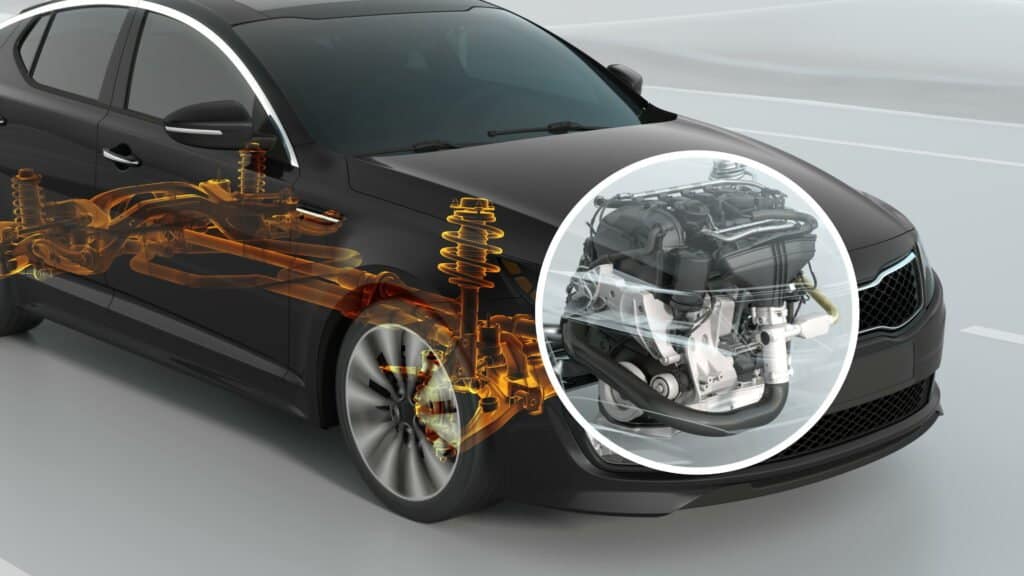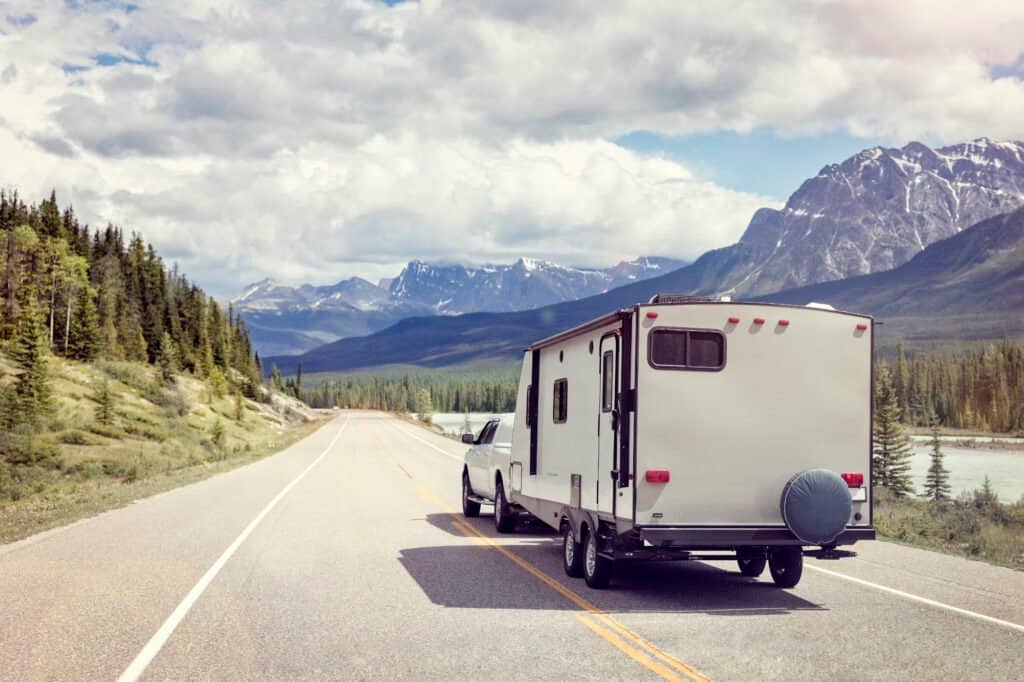Is AWD Better Than FWD for Towing?
Are you starting a towing business? Do you need to drive cross country towing an RV? Whatever it may be, the real question when picking the car you’ll use for towing is: what type of wheel drive is best for towing? All-wheel or front-wheel drive?
All-wheel drive is best for towing. It gives power to all the wheels, which improves traction. Better traction helps the car to keep moving despite the extra weight in the back. Front-wheel drive vehicles lose their tractions in the front because there is too much weight in the back.
Learning the benefits of all-wheel-drive and front-wheel drive will help you choose the vehicle that will be best for your towing needs. We’ll explore the pros and cons of each method below:
All-Wheel Drive (AWD)
All-wheel drive is very common for vehicles today; it can be commonly found in many types of SUVs and vans. It works best for normal driving on dry or rainy roads. It can also be used for lighter vehicles more often, but it is still the preferred wheel drive for towing between AWD and FWD.
Pros
One of the main benefits is, that in some cases, (such as for Toyota cars) you can switch between the different wheel drives that work best for you. These cars will automatically switch between all-wheel, front-wheel, and rear-wheel when it is needed.
This makes things easier for towing because you can switch to rear-wheel for towing things, or front-wheel for better turning, and all-wheel for normal driving. This also improves your fuel efficiency when it focuses on the front or rear-wheel drive.
Another main pro is that all-wheel drive provides the same amount of traction to all the wheels normally. It will automatically do this and creates great traction when driving all the time. When it comes to towing, this will help keep your wheels firmly on the ground so you can turn easily and drive smoothly to your destination.
If you are towing a car, RV, or a trailer full of goodies, using all-wheel drive will help keep your traction steady during the whole trip there and back.
Cons
There are two main drawbacks to using all-wheel drive. The first one is that it is meant for average dry and wet roads. It can handle dirt roads and snow, but it doesn’t work the best for these conditions or other rough roads. If you’re moving and towing your other car or some of your furniture, then all-wheel-drive works great.
But if you are going to be driving deep into the woods or going off-roading with this car, it won’t work out too well. You can take your RV to the campsite just fine, but don’t bring your all-wheel-drive vehicle too much deeper into the woods.
The other main con is that all-wheel drive has bad fuel efficiency. The engine must provide a lot of power to both the front and back wheels. This means that the rive function has to make sure there is a clear path to the back wheels and enough power to get there.
This burns up fuel a lot faster in cars with all-wheel drive because it is using energy that could have been put toward another part of the car or saved on the rear wheels.

Front-Wheel Drive (FWD)
Front-wheel drive is a little bit different from all-wheel drive. Instead of giving power and traction to all the wheels, it focuses its efforts on the front wheels. This type of wheel drive is also very common and works great on dry and rainy roads. However, its focus on the front wheels is part of the reason it isn’t that great for towing.
Pros
First, we’ll look at the pros of front-wheel drive. Unlike all-wheel drive, it is very fuel-efficient. It doesn’t need to put so much power towards the back wheels, which makes it save energy and not burn up as much fuel. This makes longer trips, like moving while towing a trailer of furniture, easier on the wallet.
This type of wheel drive is also great for turning corners specifically. Since there is more power in the front, it creates better traction that lasts. You are less likely to lose traction in front-wheel-drive while turning because of this. This is vital for towing bigger loads because turning with enough traction can be the difference between a crash and a safe trip. You wouldn’t want your precious cargo to go flying around the corner and smashing into other cars.
Cons

The front-wheel-drive seems pretty good for towing purposes. However, on the other hand, it is pretty difficult to tow things with a front-wheel-drive vehicle. Imagine you are driving up to college for the first time and your trunk and backseat are filled to the brim with everything you need.
There is a large amount of weight in the back of your vehicle when you drive now, and it feels weird to drive it. With all the weight on the rear wheels, that is also where all the traction is.
When all the traction is in the back of your vehicle, your front wheels will struggle to cope with this change and drive smoothly. Especially when you’re towing an RV or a trailer, they will weigh down the back wheels a lot.
This will make it extremely hard to accelerate as well. Doing so could damage your tires in the front because there is too much pressure in the back. In some cases, depending on the weight and how much it is pulling on the vehicle, it can reduce the traction on the front tires because it is being pulled down in the back, making the weight imbalanced and harder to control.
This type of wheel drive is also bad for going off the road, just like all-wheel drive. Just make sure to keep the driving to mostly smooth roads. And with front-wheel drive, it can be a bit easier to get stuck in sand or mud since you have less traction in the back to help you reverse.
